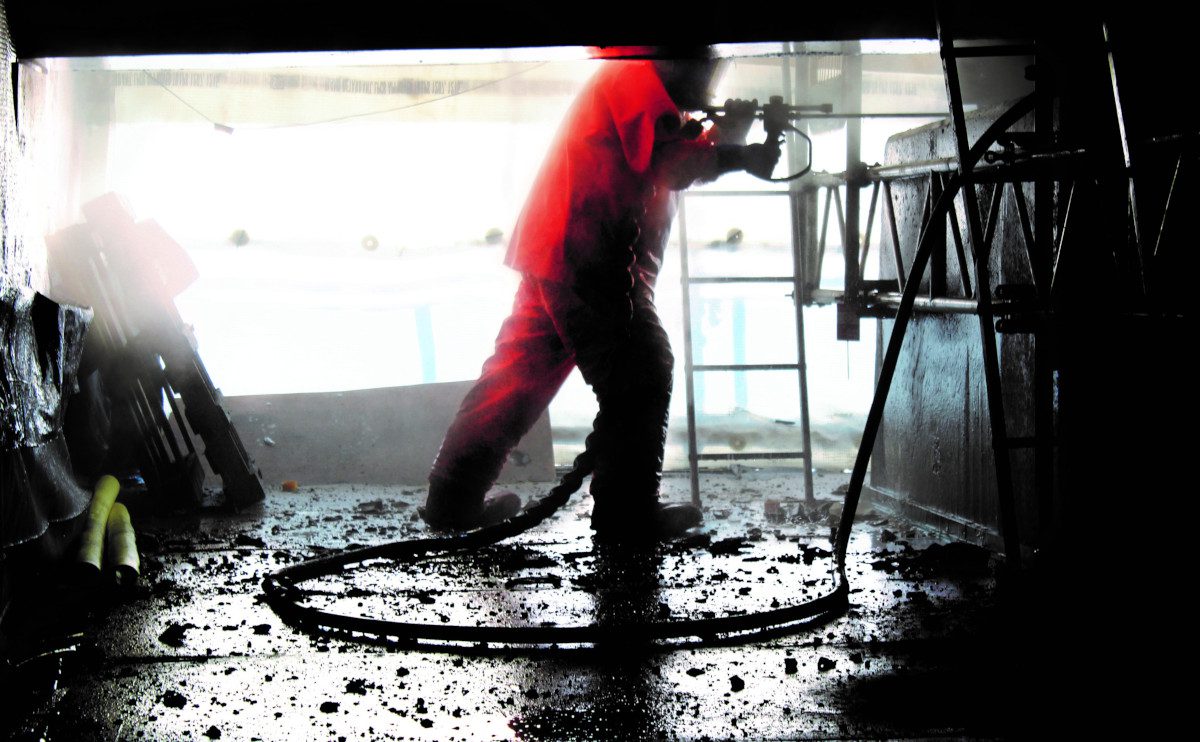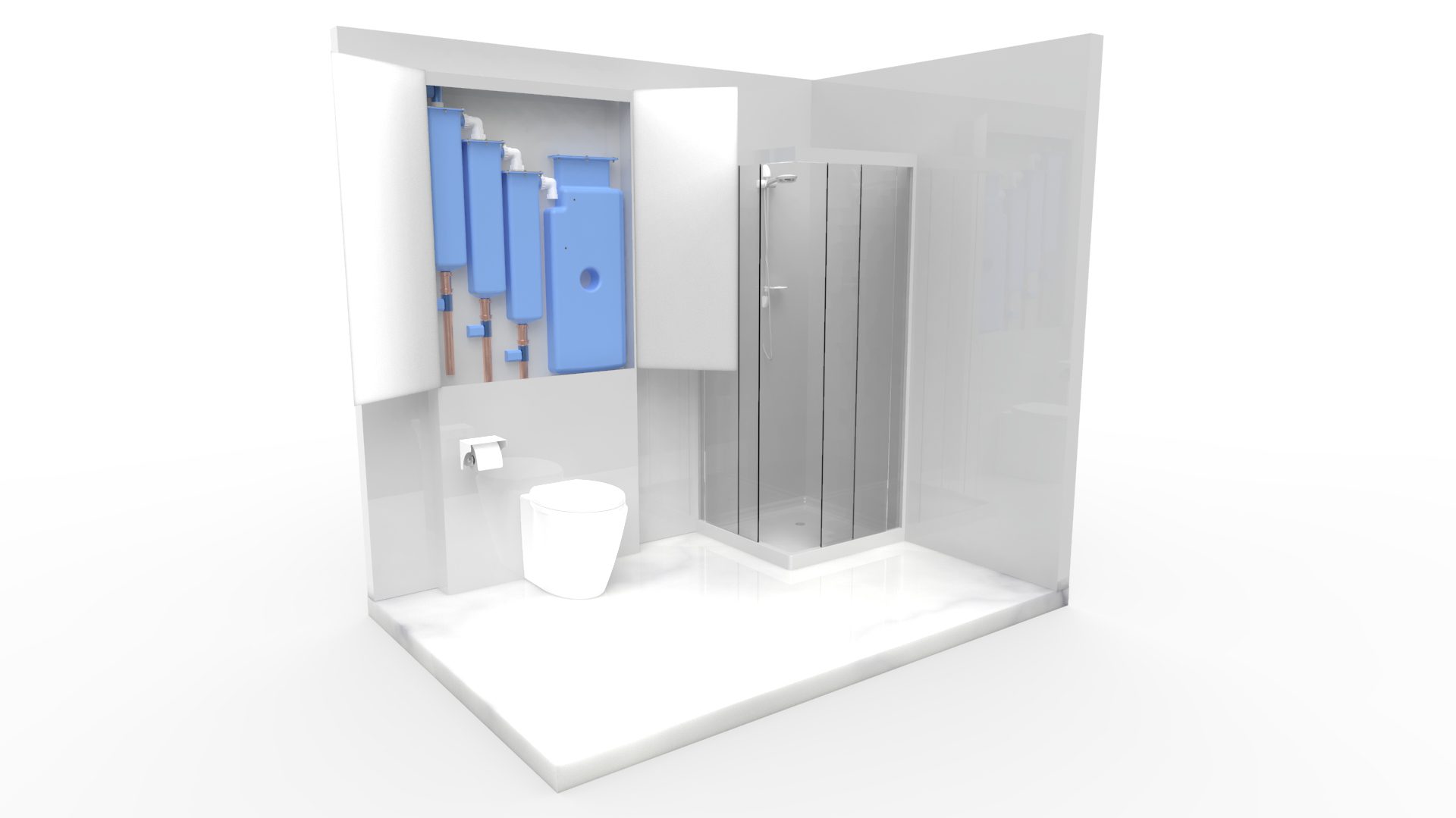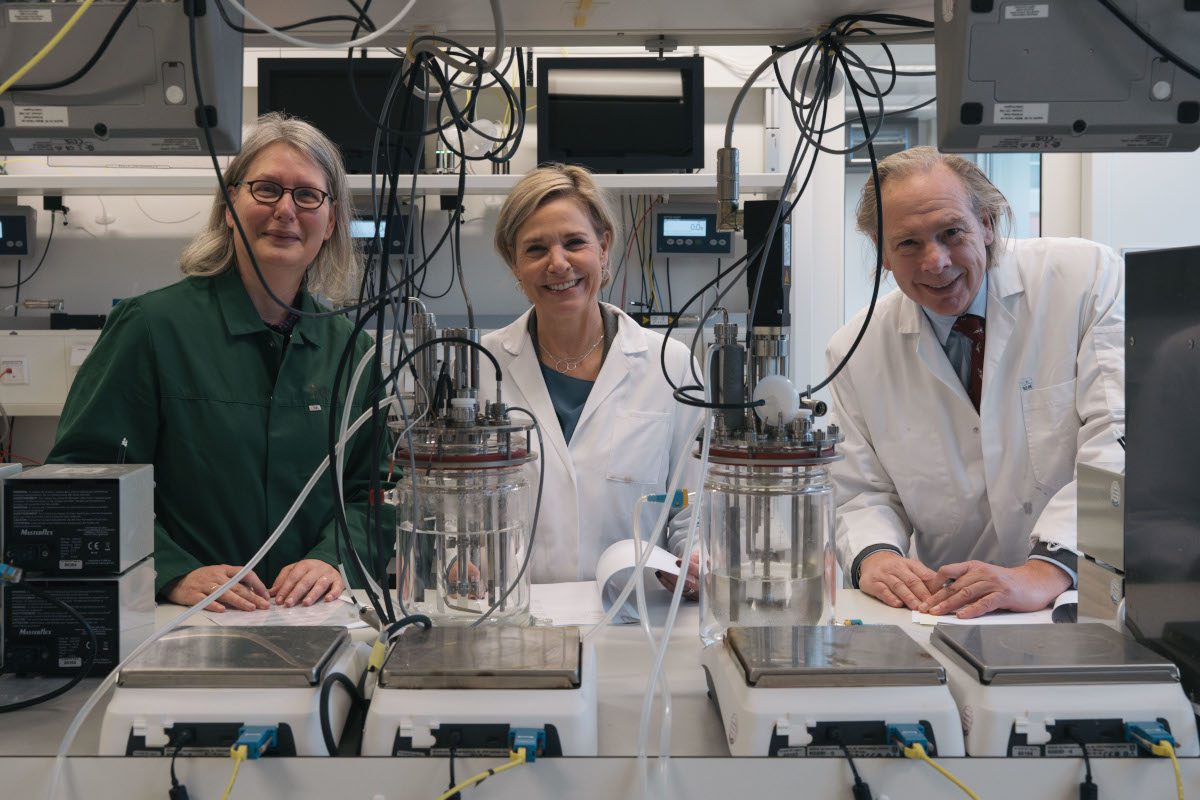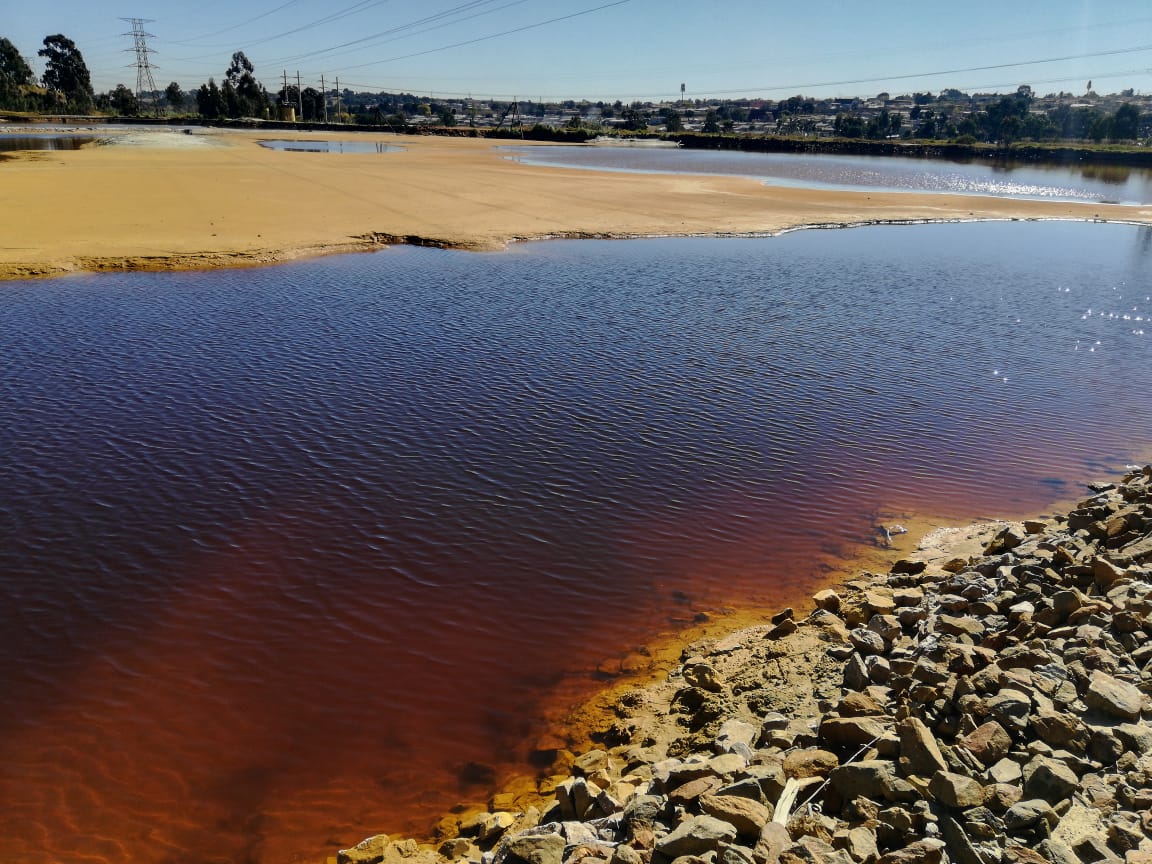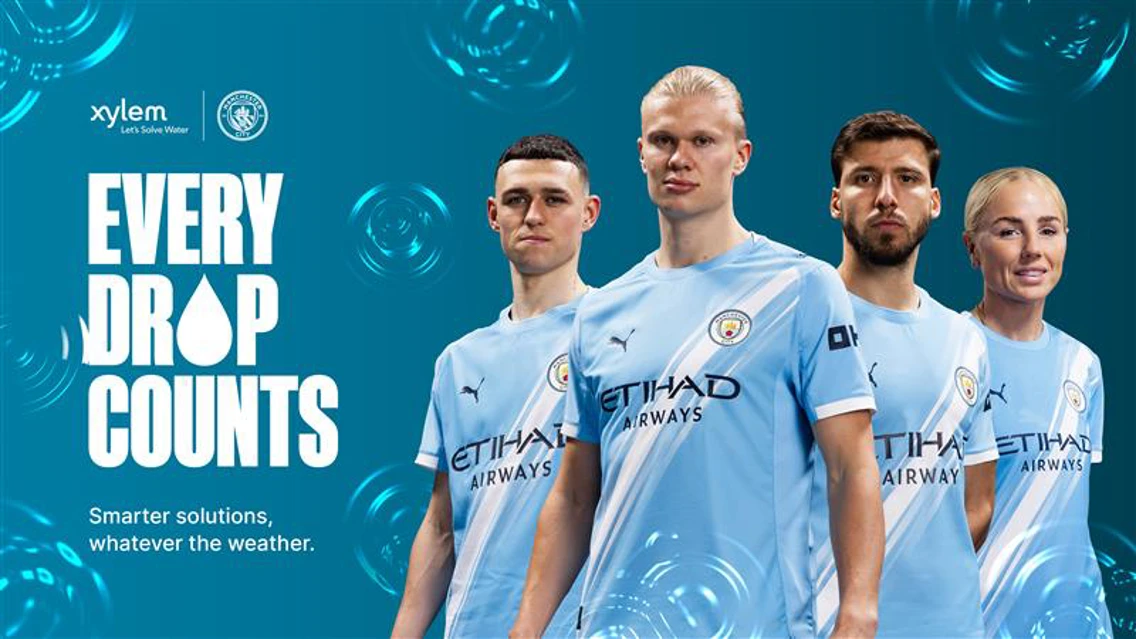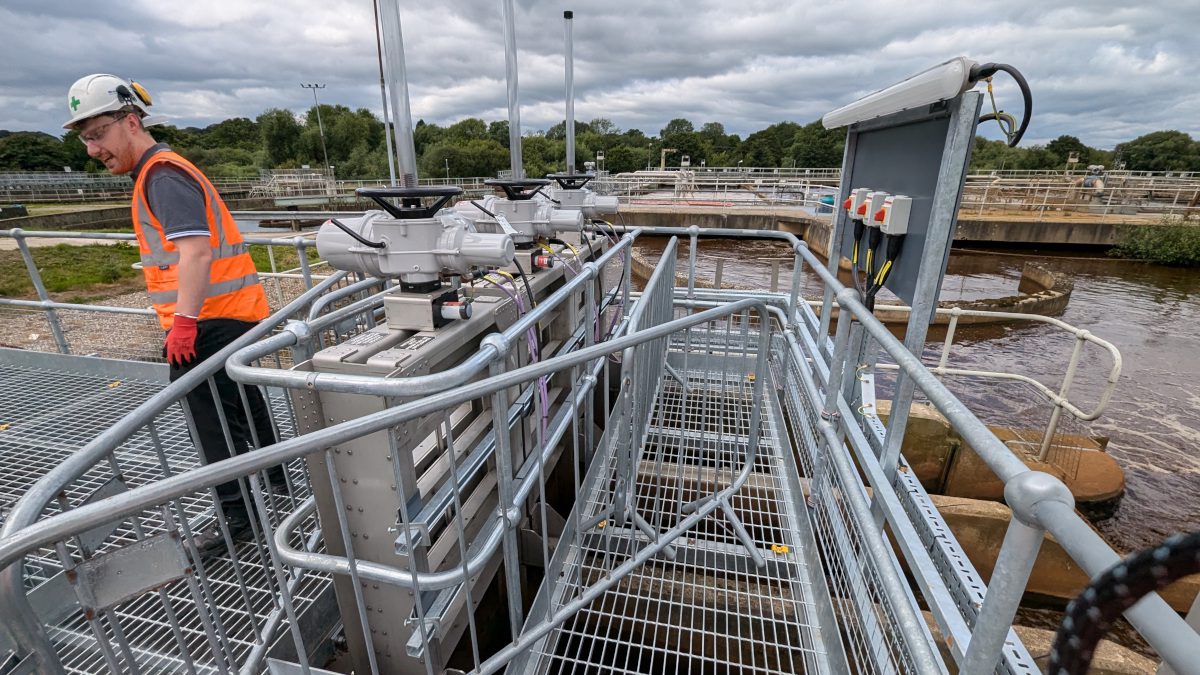There has been a transformation in leakage technology over the past five years, with new systems now available that improve performance, keeping more water in supply, writes Roland Leslie, Ovarro’s UK & Ireland sales lead, ahead of the Annual Leakage Conference taking place in Birmingham, UK, 2-3 December 2024.
The impact of emerging technologies, particularly in remote monitoring, artificial intelligence and data management, is reshaping leakage detection in the UK.
New digital solutions, honed during the 2020-25 investment period (AMP7), are poised to help water companies identify leakage faster and more efficiently than traditional methods over the coming five years.
Tools that analyse network data to more accurately pinpoint – and even predict leaks – are moving from a nice-to-have to must-have choices. In AMP8, regulators expect companies to “capitalise on new technologies and data availability to maximise leakage management activities” – as stated in the Environment Agency’s (EA) 2023-24 analysis of the sector’s water resource performance.
For this to happen – and for tough leakage targets to be achieved – the industry must continue efforts to accelerate adoption of new technologies and lean heavily into the challenge of ‘doing things differently’.
As well as cutting water loss, new approaches to leakage management can go some way to addressing the widespread problem of skills shortages. A number of water companies plan to increase the number of hours they invest in active leakage control in AMP8 – but many also have concerns around resourcing.
As-a-service models – subscription-based agreements, where infrastructure is managed and maintained by an external partner – are among new approaches gaining momentum in UK water. Such end-to-end service and technology agreements allow companies to focus on their core responsibility of water system management, and leave the data analysis to external specialists.
LeakNavigator, Ovarro’s end-to-end leakage platform, can accurately identify points of interest (POIs) on behalf of water companies, alerting field technicians directly, so they can head straight to site with high confidence that a leak will be found, reducing the need for inhouse data analysis.
There are also concerns in the sector about how future extreme weather – such as freeze-thaw events or drought – may impact customer service and leakage figures. Pipes are particularly prone to bursts during both freeze-thaw events and hot dry conditions due to ground movements.
The EA’s annual resource analysis noted that 2023-24 did not see temperature extremes for prolonged periods, but added it was “critical the industry ensures preparedness for these kinds of events”.
Again, the supply chain has responded to the challenge, recognising extreme weather will become more frequent due to climate change. Ovarro’s EnigmaREACH is a a lift-and-shift correlating hub developed in collaboration with UK water companies to support rapid identification of leakage. The kit allows leakage technicians to effectively cover a much larger area than the more traditional noise logger methodology. It will be a vital tool during a large leakage breakout – for example during a freeze-thaw event – as loggers can be deployed over a large area quickly.
The same could apply in a drought, when leakage can occur due to ground movement, and there is an urgent need for leaks to be identified quickly to preserve water supplies.
Water sector challenges are not disappearing any time soon, but the transformation in the kinds of leakage tools available, the way data can be leveraged, and new kinds of business models available, all mean water companies can up their game more easily then every before.
Suppliers like Ovarro have readied the technology and have the teams in place are to support water companies with their leakage goals in AMP8 and beyond.
Ovarro’s leakage experts will showcase their technology at the Annual Leakage Conference, 2-3 December https://www.leakageconference.co.uk/




